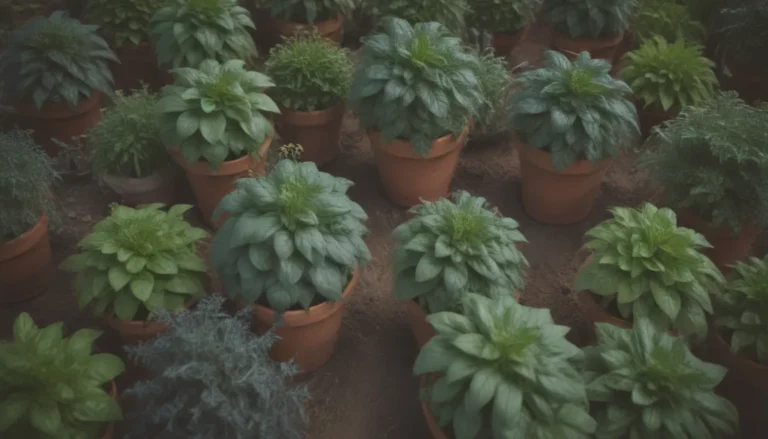Ultimate Guide to Growing and Caring for Homalomena Plants

Are you in search of houseplants that boast fascinating foliage? Look no further than the beautiful species of Homalomena plants. These evergreen, perennial tropical plants are well-known for their large, waxy, and glossy leaves, as well as their ease of care. With their slow growth and sometimes aniseed fragrance, Homalomena plants often feature heart or arrowhead-shaped leaves. They have earned nicknames like the queen of hearts or the shield plant due to their tidy foliage, which is typically deep green but can also be variegated with hints of red along the stem and underside.
Belonging to the same plant family as philodendron, Homalomena plants, like their relatives, are toxic to both humans and pets. Proper care is essential to ensure these plants thrive in your home environment. Let’s explore the key care requirements for growing and maintaining Homalomena plants:
Homalomena Plant Care
Light
Homalomena plants thrive in medium, indirect light with some dappled sunlight, especially during their growing season. While they can tolerate low light conditions, prolonged exposure to direct sunlight may cause their leaves to become faded, yellow, and scorched.
Soil
These plants prefer light, loamy, well-drained, fertile, acidic soils or mediums. Opt for potting mixes that contain peat moss to ensure adequate drainage, and make sure to use pots with ample drainage holes.
Water
Proper watering is crucial for the health of Homalomena plants. Overwatering can lead to root rot and yellowing leaves, while underwatering may cause the leaves to fade. Allow the top inch of soil to dry before watering, and ensure water drains freely from the pot’s drainage holes to prevent waterlogged roots.
During the plant’s active growth period in spring and summer, it will require more frequent watering than during the winter dormancy. Use lukewarm water to avoid shocking the plant and maintain its overall health.
Temperature and Humidity
Given their tropical origins, Homalomena plants thrive in warm, humid environments. Avoid exposing them to cold temperatures or draughts, as this can cause yellowing leaves and plant decline. Maintain room temperatures above 70 degrees F during the day and 60 degrees F at night, and supplement humidity with techniques like pebble trays or misting.
Fertilizer
During the summer months, feed your Homalomena plant every two weeks with a slow-release, organic fertilizer following the product label instructions. However, refrain from fertilizing during the winter when the plant is not actively growing.
Types of Homalomena Plants
Commercially available Homalomena plants often come in a variety of hybrid cultivars, each showcasing unique foliage sizes, colors, patterns, and shapes. Some popular varieties include:
- Homalomena rubescens
- ‘Pink Splash’
- ‘Pink Diamond’
- ‘Mint’
- Homalomena wallisii
- ‘Camouflage’
- ‘Selby’
- Homalomena
- ‘Emerald Gem’
- ‘Purple Sword’
- ‘Black Velvet’
Pruning and Propagating Homalomena Plants
Pruning
While regular pruning is not necessary for Homalomena plants, you can trim off dried or unsightly leaves using sharp scissors or pruners. Cut the leaves at the base to maintain the plant’s aesthetic appeal.
Propagating
The most effective method for propagating Homalomena plants is through division. After the plant has been established for a year or two, divide it during the spring growth period by separating the rhizomatous roots into multiple sections. Replant each section in its own pot with fresh soil at the same depth as the original plant.
Potting and Repotting
Repot your Homalomena plant in the spring when it starts to outgrow its current pot or becomes root-bound. Choose a new pot with adequate drainage holes and fresh, well-draining potting soil. Repotting every two years is typically sufficient unless the plant shows signs of outgrowing its container sooner.
Common Pests and Plant Diseases
Homalomena plants are susceptible to pests like spider mites, scale insects, and mealybugs, particularly in dry conditions. Maintain high humidity levels and inspect your plants regularly to prevent infestations. Additionally, watch out for root rot and fungal diseases caused by overwatering or poor air circulation.
Remember, yellowing leaves on Homalomena plants can indicate improper soil moisture, often due to overwatering. Adjust your watering practices and ensure proper drainage to keep your plant healthy and thriving.
While Homalomena plants may not produce showy blooms, their striking foliage makes them a fantastic addition to any indoor space. With the right care and attention, you can enjoy the beauty of these unique tropical plants in your home.
By following these guidelines and tips, you can cultivate and care for Homalomena plants successfully, creating a lush and vibrant indoor garden that will delight both you and your guests. Embrace the beauty and elegance of Homalomena plants in your living space today!





